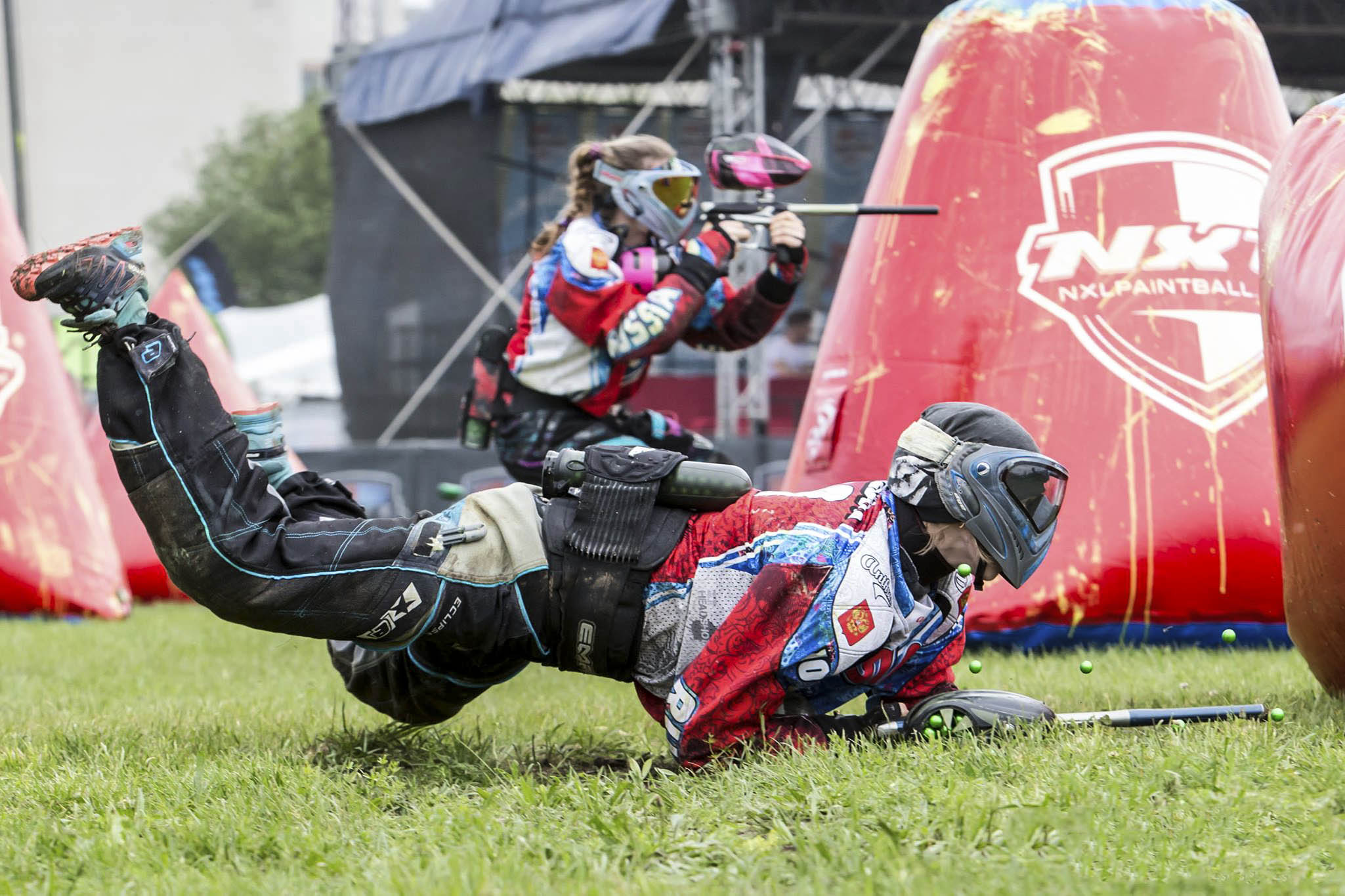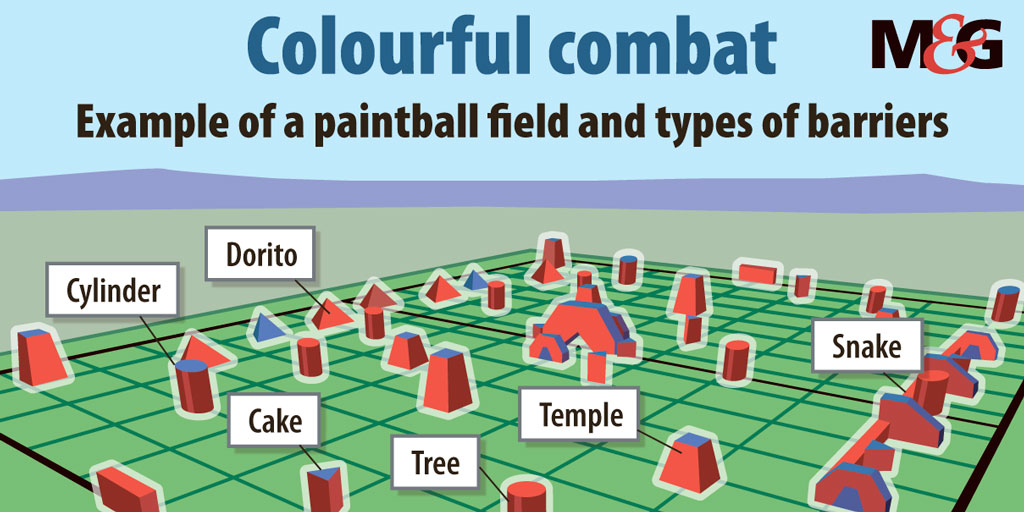Splat: The South African women’s paintball team had never played together and didn’t have a game plan but they travelled to the championships and took down the reigning Russian team.
The South Africans sat deep, knowing they had to survive the Russian onslaught for only a little longer. Bullets buzzed past their heads from enemy guns at a rate of 10.2 a second.
“It was nail-biting,” recalls Kerrylea Houghton. “I was sitting out for the last point and to count down the seconds was both quite exciting and nerve-racking.”
This was the battle scene of the final of the 3vs3 event at the United Paintball Federation Women’s Paintball World Championship.
This year, the tournament’s organisers decided to introduce the 3vs3 event, in addition to the usual 5vs5, in an effort to encourage countries less developed in the sport to enter and enable them to field a competitive team. So, for the first time, South Africa was able to send a team to the competition.
Coming from different parts of South Africa, the four women had never played together before the May event.
Houghton (32) picked up paintball only about two years ago after being introduced to it by her husband. Like the others, she has a full-time job and has to put in the bulk of her practice over weekends.
By contrast, her teammate Christine White, a 29-year-old bank consultant, has been involved in paintball in one form or the other for more than 10 years.
“The main thing that stood out was the competition,” she says of the event held in Prague. “Some teams were warm and welcoming towards us and others not so much. We were the new kids on the block. The pro players were extremely nice towards us and helped where they could trying to give us a fighting chance.”
Having never operated as a unit, the four made an effort to get to know one another. Arriving a few days earlier, they went sightseeing around the Czech city.
 [The Russian paintball team (Hunter Laughlin/Tufshot)]
[The Russian paintball team (Hunter Laughlin/Tufshot)]
Until the event began, it was seen as more an opportunity for an experience that one for glory. White admits they didn’t have a well-thought-out game plan.
“Honestly, our strategy was to go over and have fun,” she says. “I think we were all in shock when we beat Russia. Them being the reigning champs, the new kids weren’t expected to do well. But we proved if it’s in your heart you can do anything.”
South Africa began the tournament strongly, beating Panama 2-1. Before their momentum escalated, Russia brought it to a halt, handing them a stinging 4-2 loss.
The rules of standard competitive paintball, known as speedball, are simple. Every team must press the opposing side’s buzzer to earn a point and reset the round. Get shot and you’re eliminated for the remainder of the point. Matches last 10 minutes and the winner is the first to four or the highest score after time has elapsed.
Draped in green-and-gold gear, the side hit back by pummelling France 3-0. The result earned them a spot in the final and a rematch against the dominant Russians.
“My role was to play in the back, so being a support person for the two attacking players,” says 38-year-old Cindy Grobler about her role in the last game. “We played a very attacking game for the first couple of points. For the last point, we had one minute 40 left on the clock. We just played defensive, to keep them getting through our lanes and to burn the clock.”
A speedball course is perceived by the players as having two longitudinal halves. Depending on the strategy employed, players will hug either the left or right. The “dorito” side is characterised by inflatables (known as bunkers) in the shape of the triangular tortilla chip. Across from it is the “snake”, a bunker that extends across more than a third of the field. Often players’ attributes leave them suited to one flank or the other.

Not Elizabeth Silli, however, who describes herself as a versatile player, ready to adapt her position to the flow of the match. “I played centre and then I played what we call number two on the snake side,” she says. “When we played more attacking teams, I played defensive and against defensive teams I played the opposite. I tried to observe them and then formulate my game style.”
The 33-year-old credits her experience with real guns, and their very real dangers, as invaluable to the development of her situational awareness.
“My objective on a game is to continue shooting and to hold my lanes,” says Houghton, a back centre. “My teammates would be more attacking so they will have tricks up their sleeves. I have to make sure that the opponents don’t move and I keep them in their bunkers.
“My main objective would be to throw a lane, which means shooting paint at a specific bunker which we suspect our opponents would be running to.
“In this case there were a few tricks where we knew that from the break if we shot over certain bunkers they would run into our lane. It worked in our favour for a couple of the games.
“Dorito will run down the safe side, we’ve got a snake player that will be running down the snake. That’s for more of the offensive games. The main objective is to run wide and stay at the back.”
At the end of the final, the South Africans held their defensive formation, stopping the Russians from breaking through. They clung on for a 2-1 win, capturing the champions title.
Next up for the South Africans is the World Cup in November in Orlando, Florida.
This time, the team certainly won’t be thinking of themselves as the new kids on the block.